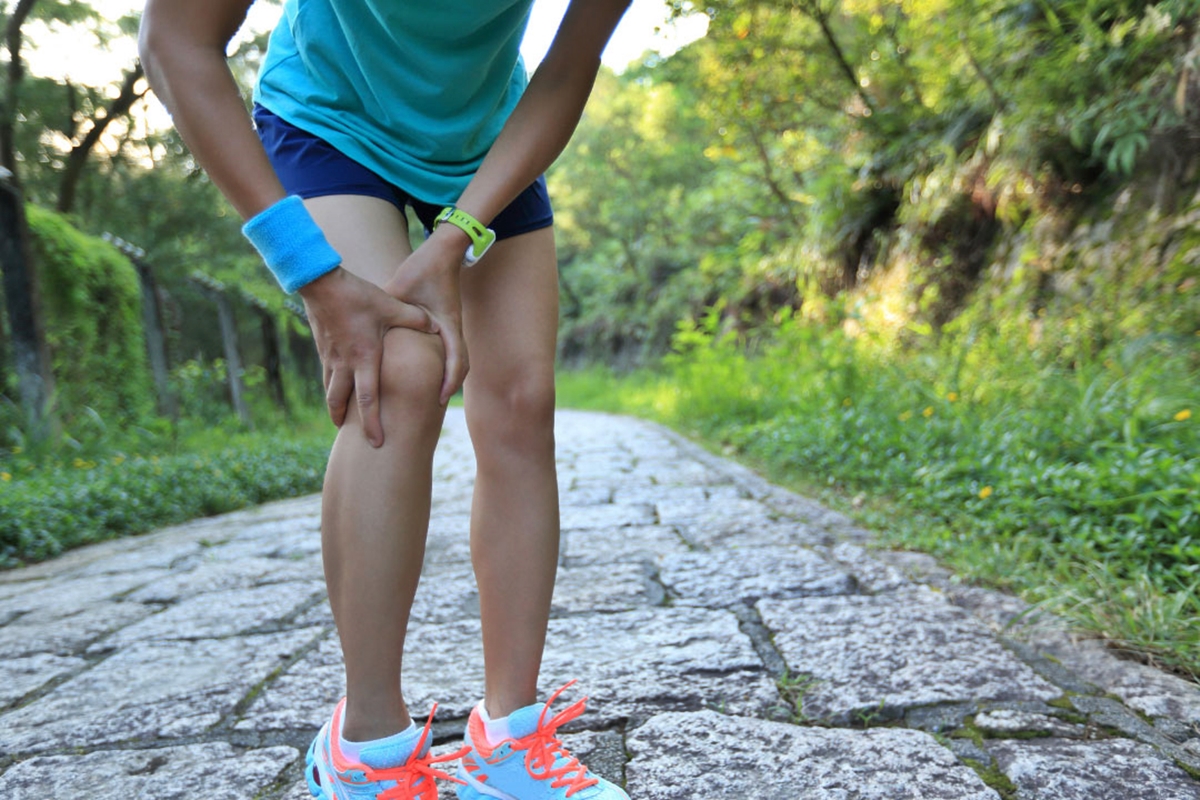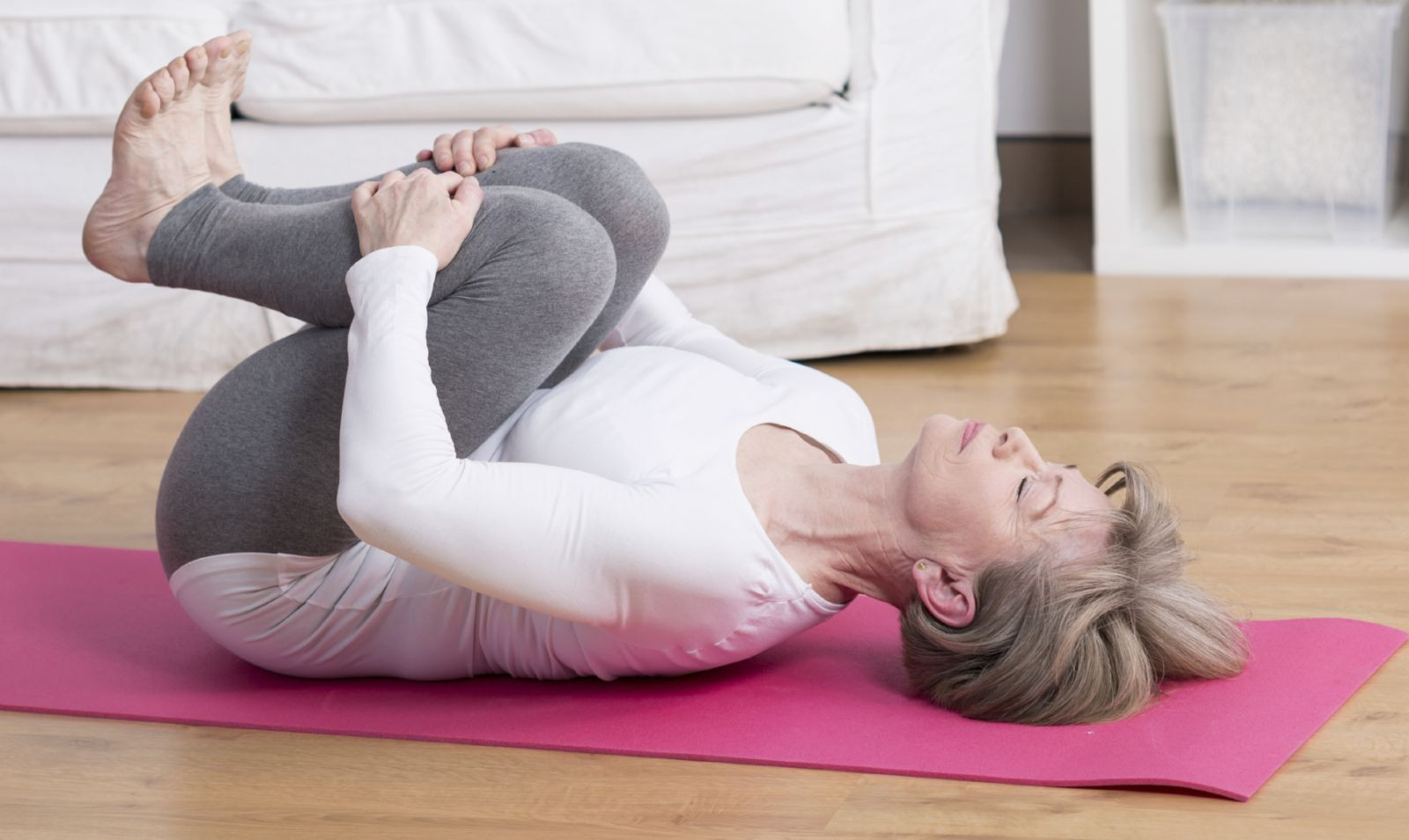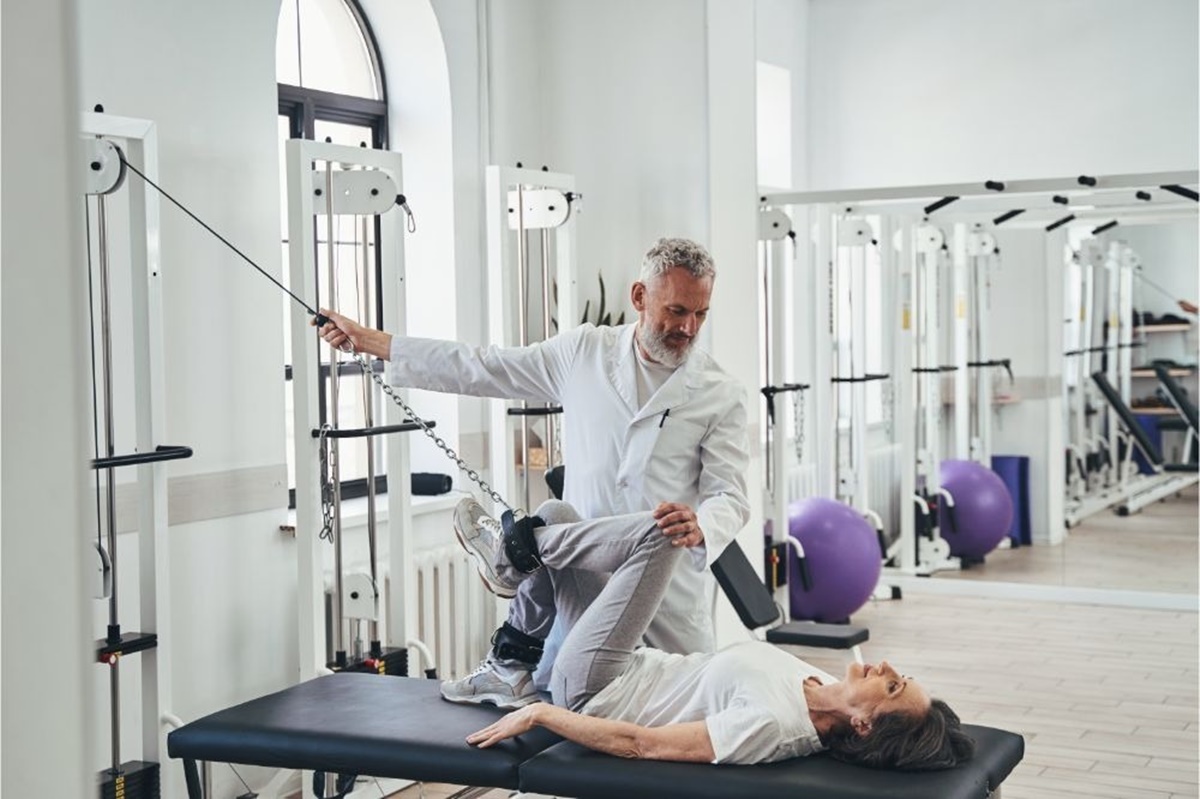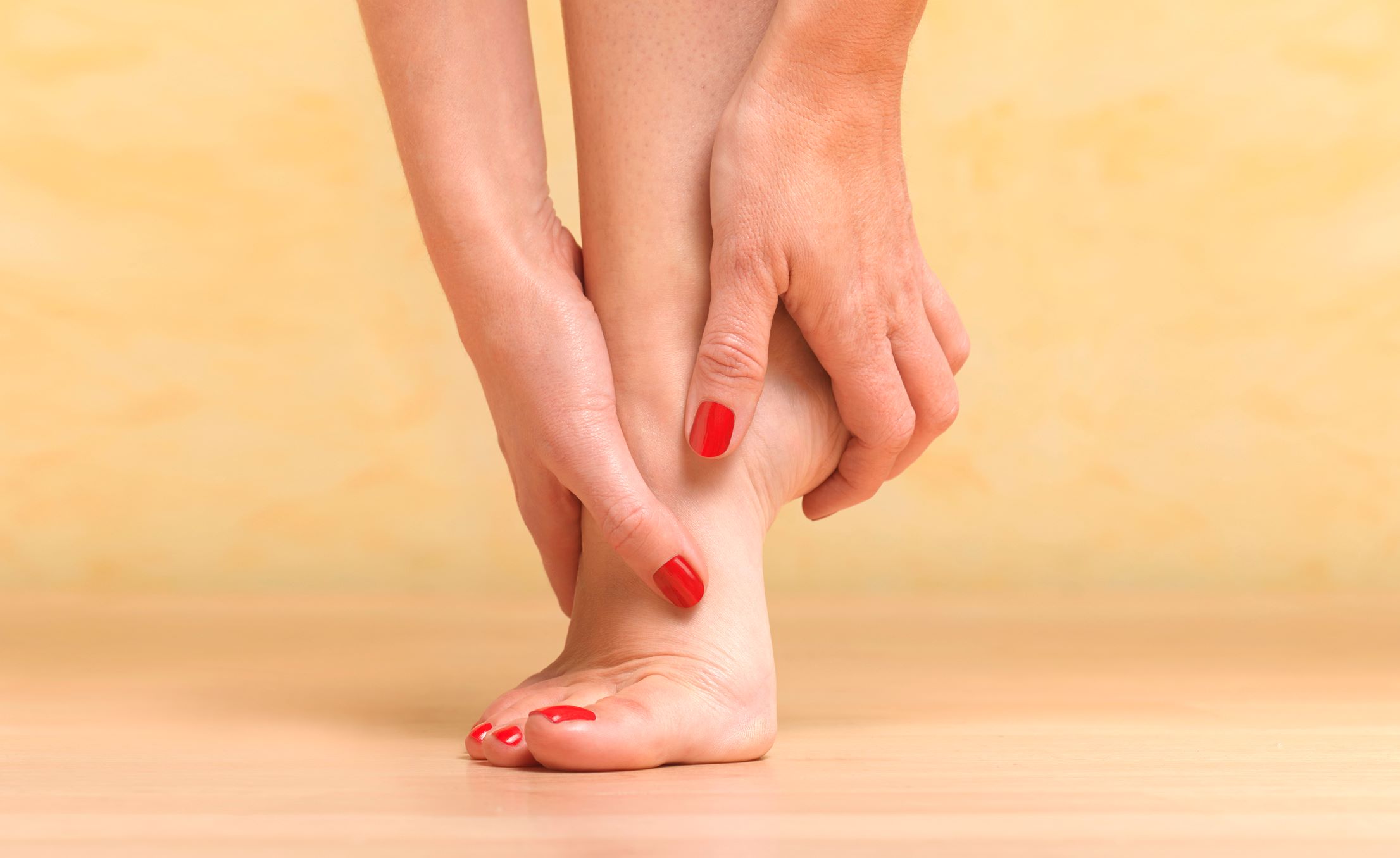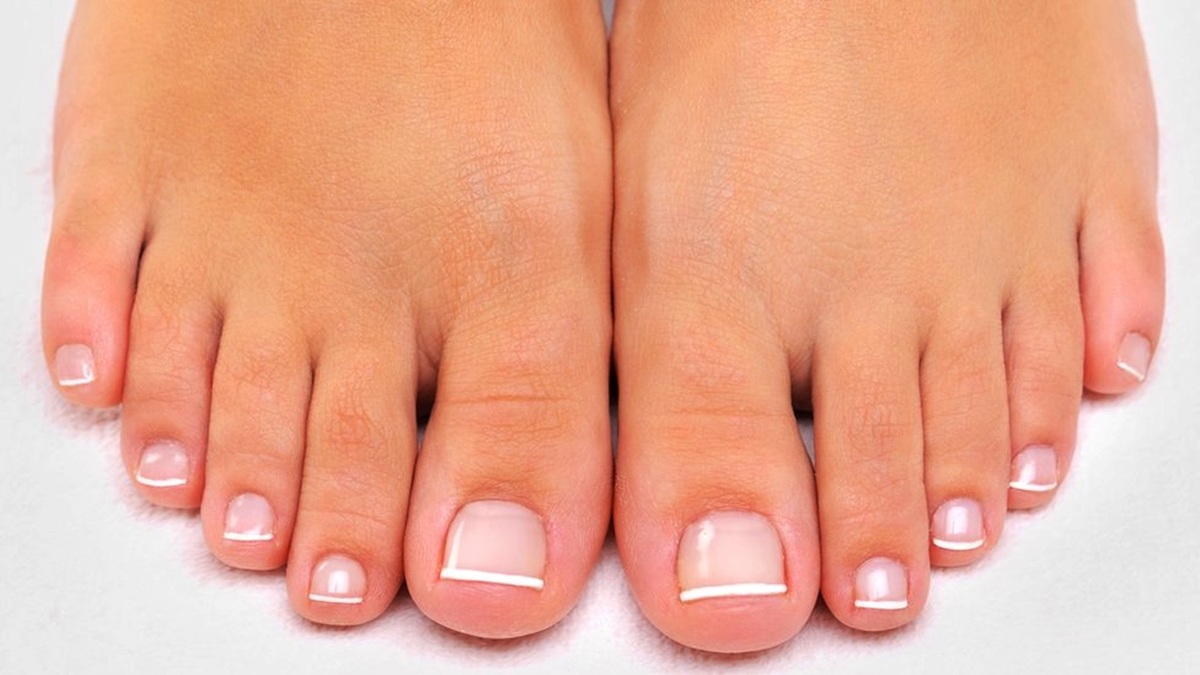Home>Misc>Featured>How Soon Can I Exercise After Cortisone Injection In Knee
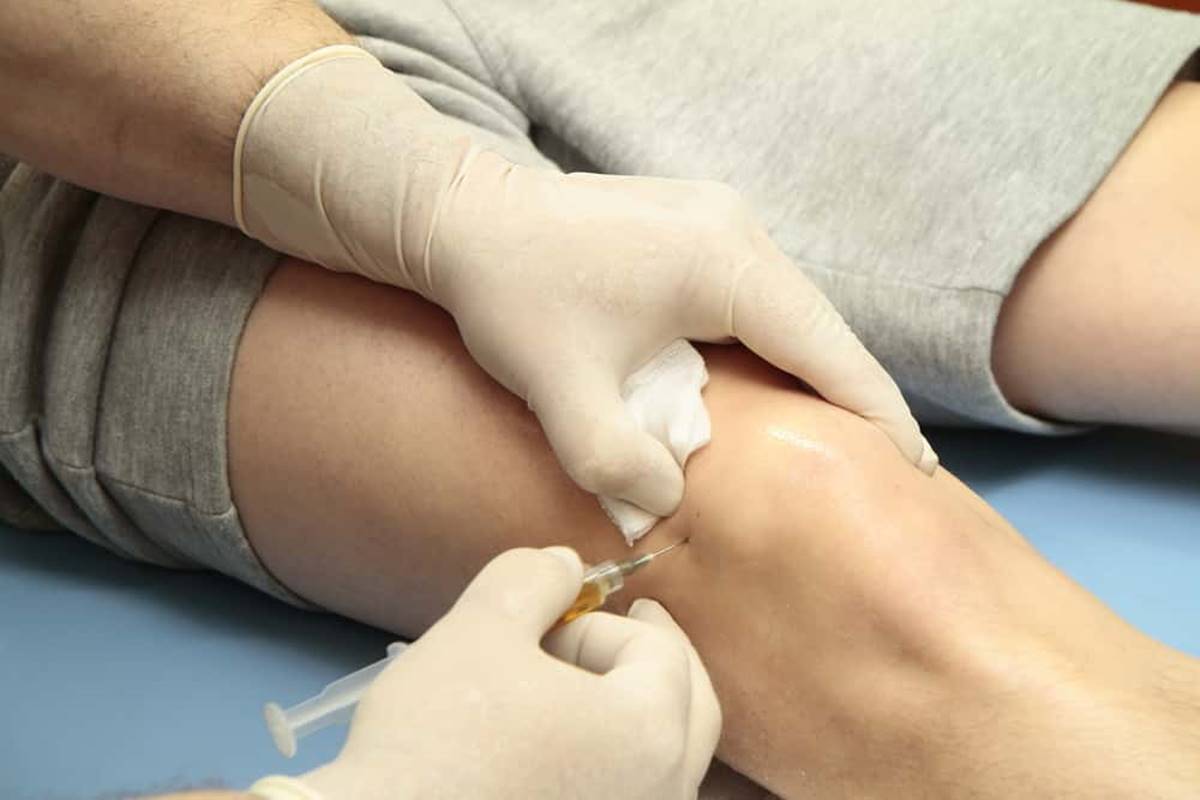

Featured
How Soon Can I Exercise After Cortisone Injection In Knee
Published: September 24, 2023
Get back to your workout routine quickly! Discover how soon you can resume exercising after receiving a cortisone injection in your knee, featured in our comprehensive guide.
Introduction
Welcome to our guide on exercising after receiving a cortisone injection in the knee. If you’ve recently undergone this procedure, you may be wondering when you can return to your regular exercise routine. This article will provide you with important information about cortisone injections, their purpose, and how they can impact your ability to exercise.
Before we delve into the effects of cortisone injections on exercise, let’s first understand what cortisone injections are. Cortisone injections are a common treatment option for various inflammatory conditions, including arthritis, tendinitis, and bursitis. They involve injecting a corticosteroid medication directly into the affected joint to reduce inflammation and alleviate pain. Cortisone injections are typically administered by a healthcare professional, such as an orthopedic surgeon or a sports medicine specialist.
The purpose of cortisone injections in the knee is to reduce inflammation and manage pain. Knee inflammation can be caused by various factors, such as arthritis, injury, or overuse. By injecting cortisone into the knee joint, the medication can target the inflamed area and help alleviate symptoms, allowing for improved mobility and function.
However, it’s important to note that while cortisone injections can provide temporary relief, they are not a permanent solution. The effects of cortisone injections may last for weeks or months, but the underlying condition may require additional treatment options, such as physical therapy or surgery.
Now, let’s discuss how cortisone injections can affect your ability to exercise. The impact of cortisone injections on exercise can vary depending on several factors, including the individual’s overall health, the severity of the condition being treated, and the specific guidelines provided by the healthcare professional.
Throughout this article, we will provide you with guidelines on when and how to resume your exercise routine after receiving a cortisone injection in your knee. It’s crucial to follow these guidelines to ensure a safe and effective recovery process. Remember, always consult with your healthcare provider before starting or modifying any exercise program, especially after a medical procedure like a cortisone injection.
Understanding Cortisone Injections
Before we delve into the effects of cortisone injections on exercise, let’s take a closer look at what cortisone injections are and how they work.
Cortisone injections, also known as corticosteroid injections, are a common medical treatment for reducing inflammation and alleviating pain. These injections contain a synthetic form of cortisone, a hormone naturally produced by the adrenal glands in our bodies. Cortisone is part of a group of hormones called corticosteroids, which have powerful anti-inflammatory properties.
When administered via injection, cortisone works by suppressing the immune system’s response to inflammation. It inhibits the release of certain chemicals that cause swelling, redness, and pain in the affected area. By reducing inflammation, cortisone injections can provide significant relief to individuals suffering from conditions such as arthritis, bursitis, tendinitis, and other inflammatory joint or soft tissue disorders.
Cortisone injections can be performed in various parts of the body, including the knee, shoulder, hip, elbow, and wrist. This article will focus specifically on cortisone injections in the knee and their impact on exercise.
When receiving a cortisone injection, the healthcare provider will first clean the area and may use local anesthesia to minimize discomfort during the procedure. They will then use a sterile needle to inject the cortisone medication directly into the knee joint, targeting the inflamed area. The dosage and frequency of cortisone injections will vary depending on the individual’s condition and the healthcare provider’s recommendation.
It’s essential to understand that cortisone injections are a temporary solution for managing symptoms and reducing inflammation. They do not address the underlying cause of the condition and may not provide long-term relief. The effects of cortisone injections can last anywhere from a few weeks to several months, depending on the individual and the specific condition being treated.
While cortisone injections can be highly effective in providing short-term relief, it’s important to work closely with your healthcare provider to develop a comprehensive treatment plan to address the root cause of your symptoms. This may involve physical therapy, lifestyle changes, or other interventions to promote long-term joint health and function.
In the next section, we will explore the purpose of cortisone injections in the knee and how they can impact your ability to exercise.
Purpose of Cortisone Injections in Knee
Cortisone injections in the knee are commonly used to manage inflammation and alleviate pain associated with various knee conditions. Let’s take a closer look at the purpose of cortisone injections in the knee and how they can offer relief.
The knee is a complex joint that can be susceptible to conditions such as osteoarthritis, rheumatoid arthritis, tendinitis, bursitis, and meniscal tears. These conditions often result in inflammation, leading to pain, swelling, and limited mobility in the knee.
The primary purpose of a cortisone injection in the knee is to reduce inflammation in the joint. Cortisone works by suppressing the immune system’s response that leads to inflammation. When injected into the knee joint, the cortisone medication targets the specific area of inflammation, reducing the swelling and alleviating pain.
Cortisone injections can provide significant relief for individuals experiencing knee pain due to arthritis, tendinitis, or bursitis. By reducing inflammation, these injections can help improve mobility, increase comfort, and enhance the overall quality of life for those affected.
It’s important to note that while cortisone injections can provide temporary relief, they do not address the underlying cause of the condition. The effects of cortisone injections can vary from person to person and may last anywhere from a few weeks to several months. It’s crucial to work closely with your healthcare provider to develop a comprehensive treatment plan that includes appropriate follow-up care and addresses the underlying cause of your knee condition.
In some cases, cortisone injections may be used as part of a broader treatment plan to prepare the knee for physical therapy or other forms of rehabilitation. By reducing inflammation and alleviating pain, cortisone injections can help individuals engage in therapeutic exercises and regain strength and flexibility in the knee joint.
While cortisone injections can provide temporary relief, it’s important to keep in mind that over-reliance on these injections can have potential drawbacks. Frequent or excessive use of cortisone injections in the knee can lead to weakened tendons, cartilage damage, and other complications. Therefore, it’s crucial to work closely with your healthcare provider to determine the appropriate frequency and duration of cortisone injections.
In the next section, we will explore how cortisone injections can affect your ability to exercise and engage in physical activities.
Effects of Cortisone Injections on Exercise
Cortisone injections in the knee can have various effects on an individual’s ability to exercise. While these injections are intended to reduce inflammation and alleviate pain, they can also impact the body in ways that may need to be considered when engaging in physical activities.
One of the primary effects of cortisone injections on exercise is the reduction of pain and inflammation in the knee joint. By targeting the inflamed area, cortisone injections can provide temporary relief, allowing individuals to move more comfortably and with less discomfort during exercise.
However, it’s important to note that the pain relief provided by cortisone injections should not be considered a green light to ignore any potential limitations or overexertion during exercise. While cortisone can help mask pain, it does not address the underlying condition or potential mechanical issues that may require modification of exercise techniques or intensity.
The effects of cortisone injections may vary from person to person. Some individuals may experience immediate relief and improved mobility, while others may have a more gradual response. It’s essential to listen to your body and communicate any changes or concerns with your healthcare provider to ensure the appropriate management of your knee condition.
Another potential effect of cortisone injections on exercise is the risk of weakening tendons and ligaments. Cortisone is known to have an impact on collagen synthesis, which is essential for maintaining the integrity and strength of these connective tissues. Therefore, caution should be exercised when engaging in activities that put excessive stress or strain on the knee joint. It’s important to follow any specific guidelines provided by your healthcare provider regarding the type and intensity of exercises that may be suitable for your condition.
Additionally, it’s worth noting that while cortisone injections can provide temporary relief, they are not a cure for the underlying condition causing knee pain or inflammation. It’s essential to work with your healthcare provider to develop a comprehensive treatment plan that may include other interventions such as physical therapy, strengthening exercises, lifestyle modifications, or even surgical options if necessary.
It’s advisable to consult with your healthcare provider before resuming or modifying your exercise routine after receiving a cortisone injection. They can provide specific recommendations based on your individual condition, the type of exercise you plan to engage in, and the desired goals you have for your recovery.
In the next section, we will discuss the healing process after a cortisone injection in the knee and provide guidelines for exercising during this period.
Healing Process After Cortisone Injection
After receiving a cortisone injection in the knee, understanding the healing process is crucial for optimal recovery. While cortisone injections can provide temporary relief, it’s important to allow the body time to heal and address the underlying condition causing knee pain and inflammation.
The healing process after a cortisone injection can vary from person to person, depending on factors such as the individual’s overall health, the severity of the knee condition, and the specific guidelines provided by the healthcare provider. Generally, it’s recommended to allow a period of rest and limited activity immediately following the injection to allow the medication to take effect.
During the initial healing phase, it’s important to follow any restrictions or guidelines provided by your healthcare provider. This may include avoiding high-impact activities, excessive bending or twisting of the knee, or strenuous exercises that put excessive stress on the joint.
While cortisone injections can provide temporary relief and reduce inflammation, they do not address the underlying cause of the knee condition. It’s crucial to work with your healthcare provider to develop a comprehensive treatment plan that may include physical therapy, strengthening exercises, or other interventions to promote long-term healing and improve joint function.
It’s important to note that the effects of a cortisone injection may take some time to fully manifest. Some individuals may experience immediate relief, while others may require a few days or weeks for the medication to reach its maximum effectiveness. Patience and adherence to the healthcare provider’s instructions are key during this healing process.
As the knee heals, it’s essential to gradually reintroduce exercises and physical activities in a controlled manner. Starting with low-impact exercises and gradually increasing the intensity and duration can help the knee adjust to the increased stress and minimize the risk of re-injury or exacerbation of the condition.
It’s important to listen to your body and pay attention to any signs of discomfort or pain during exercise. If you experience any unusual or persistent symptoms, it’s crucial to contact your healthcare provider for further evaluation and guidance.
Remember, every individual’s healing process is unique, and it’s essential to follow the specific recommendations and guidelines provided by your healthcare provider. They will assess your progress and make adjustments to your treatment plan as needed to ensure a successful recovery.
In the next section, we will provide guidelines for exercising after a cortisone injection in the knee to help you navigate this stage of your recovery.
Guidelines for Exercising After Cortisone Injection in Knee
Exercising after receiving a cortisone injection in the knee requires careful consideration and adherence to specific guidelines to ensure a safe and effective recovery. Here are some general guidelines to follow when resuming your exercise routine after a cortisone injection:
1. Consult with your healthcare provider
Before starting or modifying any exercise program, it’s crucial to consult with your healthcare provider. They can evaluate your condition, assess your progress, and provide personalized recommendations based on your specific needs and limitations.
2. Start slowly
Begin your exercise routine gradually and with low-impact activities. This allows your knee joint to adjust to the stress and gradually build strength and endurance. Start with gentle exercises such as walking or cycling, and gradually increase the intensity and duration as tolerated.
3. Listen to your body
Pay attention to how your knee feels during and after exercise. If you experience pain, discomfort, or swelling, it may be a sign that you are pushing yourself too hard or engaging in activities that may not be suitable for your condition. Modify or reduce the intensity of your exercises as necessary to avoid further stress on the knee joint.
4. Avoid high-impact activities
Avoid activities that put excessive stress on the knee joint, such as running, jumping, or high-impact aerobic exercises. These activities can increase the risk of re-injury or exacerbation of the knee condition. Instead, opt for low-impact exercises, such as swimming or using an elliptical machine, which provide cardiovascular benefits without placing excessive strain on the knee.
5. Incorporate strengthening exercises
Include exercises that promote strength and stability in the muscles surrounding the knee joint. This can help support the joint and improve overall function. Work with a physical therapist or a qualified fitness professional to develop a customized strengthening program that targets the specific needs of your knee condition.
6. Allow for proper rest and recovery
Give your body adequate time to recover between exercise sessions. Rest days are essential for allowing the tissues in your knee to heal and rebuild. Overtraining or not allowing enough time for recovery can increase the risk of injury and hinder your overall progress.
7. Communicate with your healthcare provider
Throughout your recovery process, maintain open communication with your healthcare provider. Inform them of any changes in your symptoms, concerns, or progress. They can provide guidance, make adjustments to your treatment plan if necessary, and ensure that you are on the right track towards a successful recovery.
Remember, these guidelines are general recommendations, and your specific instructions may vary depending on your individual condition and the recommendations of your healthcare provider. Following these guidelines can help you safely resume your exercise routine and support the healing process after a cortisone injection in the knee.
